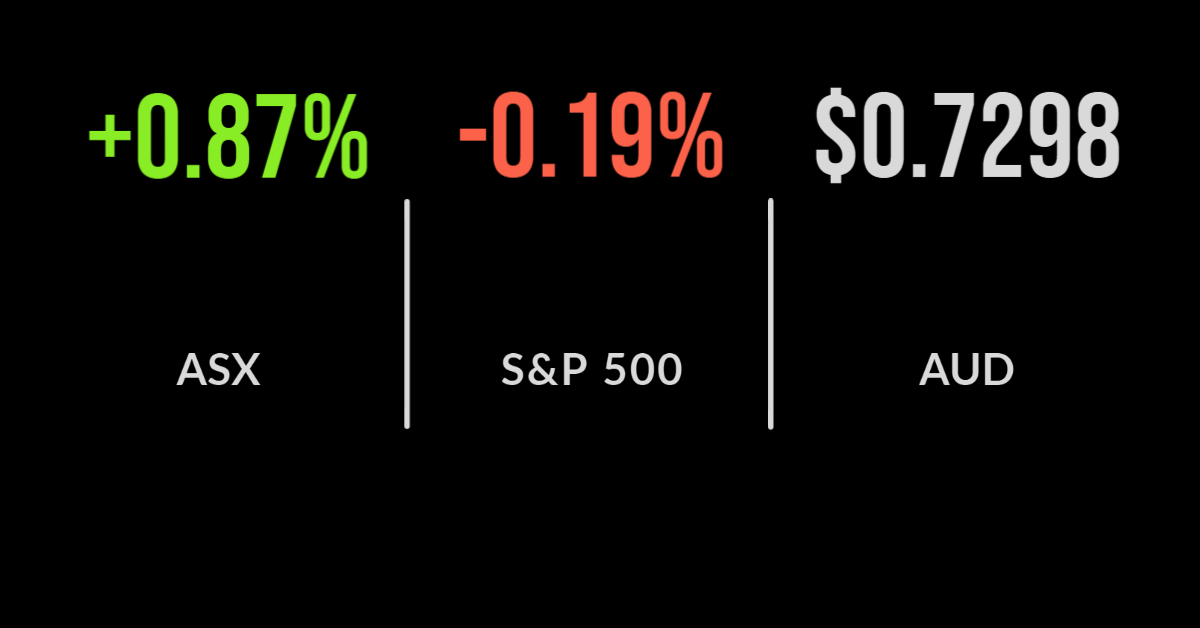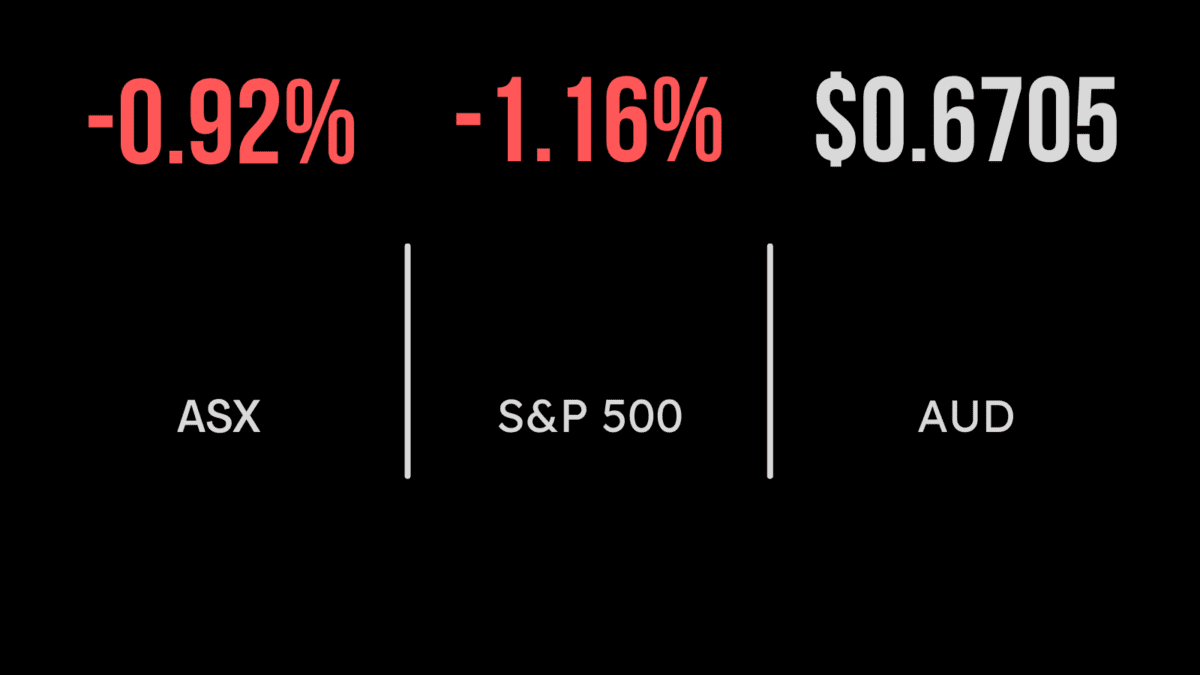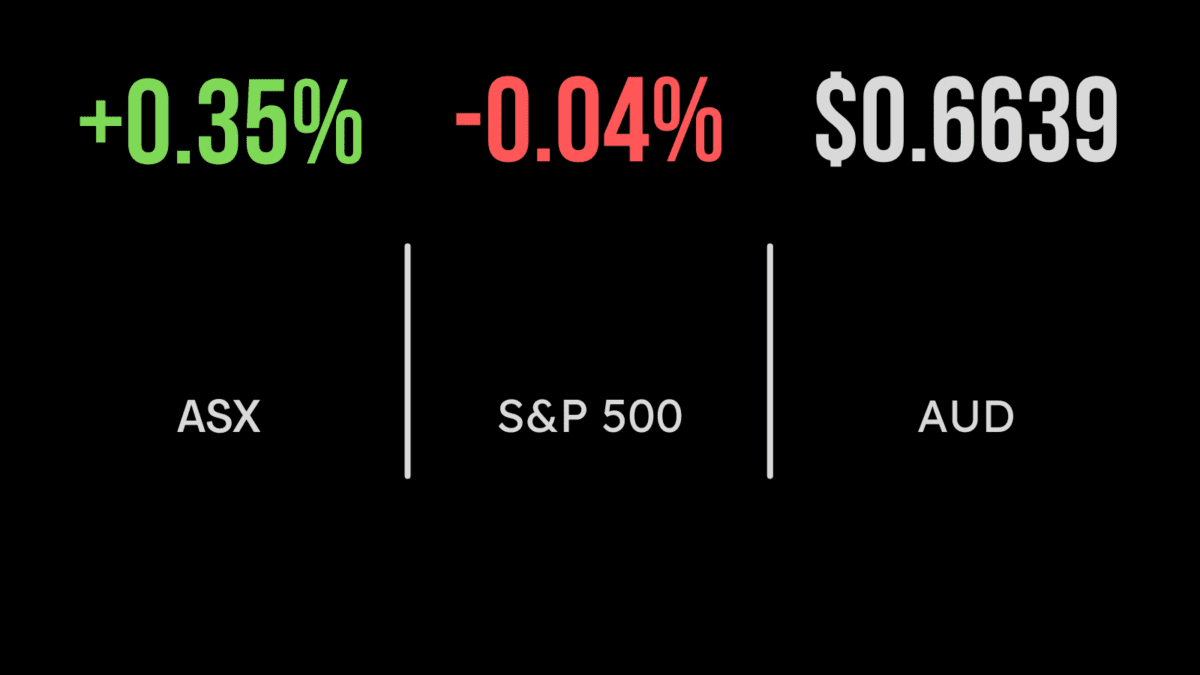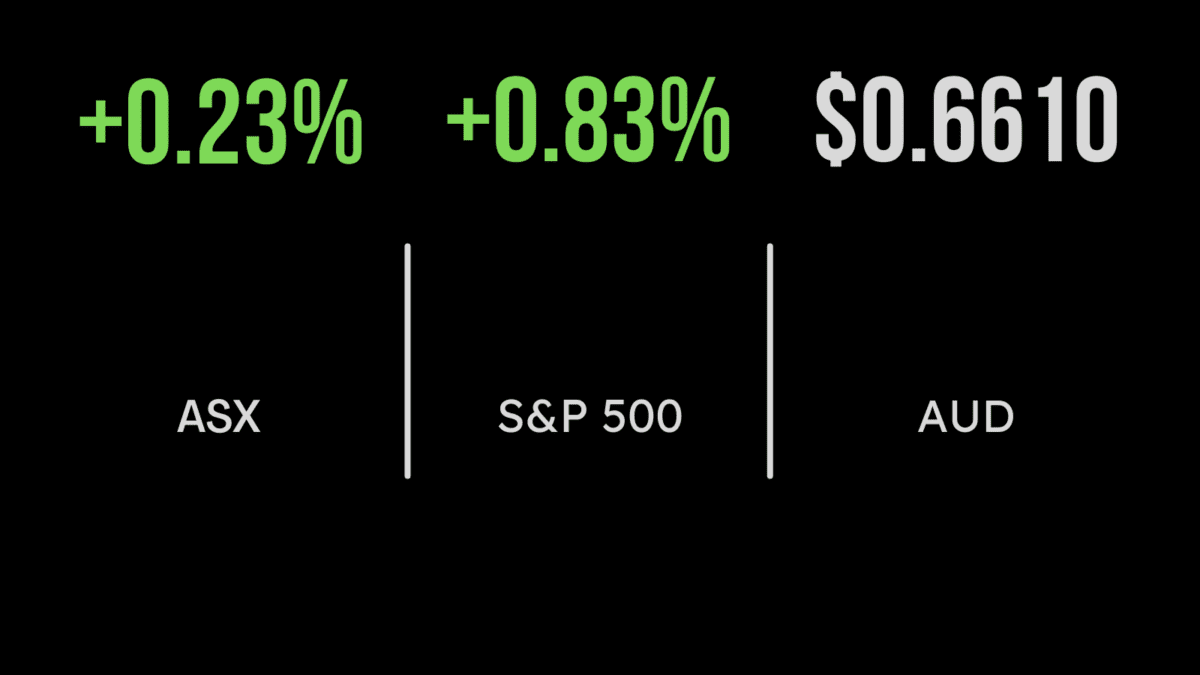ASX gains 0.9 per cent as BHP powers market
ASX reverses a month of losses, EML Payments tanks, China PMI improves
The S&P/ASX200 managed to reverse four straight weeks of declines, with Friday’s 0.9% gain sending the index 1.9% higher over the week.
On Friday it was the commodities and IT sectors leading the way, the most unlikely of partners with the materials sector up 1.8 and IT 1.3%.
Every other sector was higher but Magellan (ASX: MFG), up 5.6%, Rio Tinto (ASX: RIO), 4.0, and BHP Group (ASX: BHP), up 3.0, were the standouts.
Tesla (NYSE: TSLA) CEO Elon Musk noted overnight the expectation that iron, rather than nickel, will be central to battery cathodes, which may have boosted sentiment.
Platinum Asset Management (ASX: PTM) finished flat after reporting another $292 million in outflows from their funds with assets hitting $23.2 billion.
EML Payments (ASX: EML) was the biggest loser, falling 14.6% in the session after the Bank of Ireland flagged concerns about the growth strategy for their Prepaid Financial Services business.
The company was also the worst performing over the week, with the gift card business down 15.7%.
Outside this weakness, the energy sector remains the standout jumping 4.6% for the five days as an energy crisis engulfed the world.
Woodside (ASX: WPL) and Origin (ASX: ORG) were two of the biggest beneficiaries adding 6.7 and 6.5%.
Job gains miss, yields higher, markets flat, Tesla moves
It was a slightly weaker finish to the US trading week, with the Nasdaq finishing down 0.5%, but the S&P 500 broadly flat.
Payroll data showed another significant miss, with 194,000 jobs added compared to an expected result of over 500,000.
The unemployment fell regardless, hitting 4.8%, however there seems to be a growing issue with massive job openings but few willing to take the work.
It remains to be seen whether tapering will still go ahead, particularly given the growing supply side issues.
On the positive side, China’s markets rallied strongly after an extended holding with a significant improvement in the services PMI suggesting the end of lockdowns will see another strong recovery.
Over the week the all the indices posted gains with the Dow Jones once again benefitting from a seven year high in energy prices, gaining 1.2, the S&P 500 up 0.8 and the Nasdaq all but flat.
Chinese tech names continued their recovery as the Government turns its attention to Taiwan, with Tencent (HKG: 0700) and Alibaba (NYSE: BABA) gaining 3 and 2% respectively.
Energy crisis, crypto mania continues, what next for property?
Contrarians had their day in the sun this week, with the energy crisis engulfing the Northern Hemisphere sending the prices of everything from oil, gas, coal and uranium businesses higher.
Energy consumers and wholesalers are being forced to pay whatever they need to in order to get their hands on supply.
Some are suggesting this is a multi-year issue, due to sustained underinvestment and ‘ESG’ priorities starving the sector of capital, however the rally in energy companies seems decidedly short-term.
As evidenced by the rally in iron ore, which had many predicting another Super Cycle, popular trends tend run hard, but only for a short period of time until reality sets in.
There was hope that the crypto frenzy had begun to settle, but news this week that George Soros had purchased a multi-million dollar holding in Bitcoin has sent the price to new highs.
The highlight (or lowlight) was Shiba Inu, a so-called joke coin named after a breed of dog that has seen its price double in just a few days as speculation continues to grow; the issue coins are now worth over $11 billion.
Finally, it was all about Australian property this week, with APRA finally outlining their approach to slowing down a booming residential property market, ultimately forcing the banks to measure loan affordability using a higher interest rate.
At the same time the Victorian government released a policy in which they will take equity in new home buyer’s homes.
But ultimately, property comes down to three factors, immigration, supply and the availability of credit; pulling one lever will likely do little to the long term trend.









